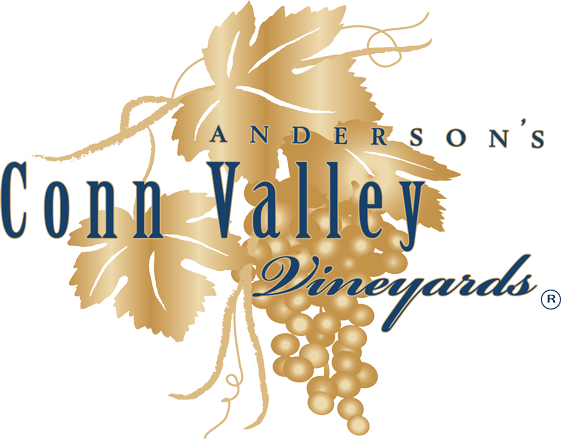Understanding Wine Descriptions

Things you hear at a wine club’s wine tasting.
A lot of the wine tastings language you hear if you’re a member of a wine club and you’ve been invited to a tasting is easy to understand. If you’re familiar with the smell and taste of various fruits, vegetables and spices, much of the description of the aroma and flavor of wine will make intuitive sense. Some of these terms might seem not exactly food-related, such as “leather” or “crushed rocks.” Think of the smell of leather or wet cement, and imagine tasting that smell (taste and smell are closely linked). Then there’s “cigar box,” a taste and smell which comes from oak aging.
Physical Sensation of Drinking Wine
Then there are the physical sensations. A hot wine is one that has the throat-burning quality of too much alcohol. A wine with high acidity is one that is just a little bit tart. It can also be called “bright.” A rich, concentrated wine is “fat,” “massive” or “opulent.” This is good, unless the wine has no acidity — then it’s just “flabby.”
But there are many other terms that seem to defy such intuitive understanding. What does it mean, for example, to say that a wine is “angular” or “round?” This refers to the mouthfeel. The sensation of drinking a round wine is very smooth and pleasant, and its effect is evenly distributed over the whole inside of the mouth, like a smooth, rounded surface. If a round wine is particularly fruity, with low acidity and tannins, it can be called “soft” or even “silky” or “velvety.” (If you find a wine that merits this description, you’ve found a good one.) An angular wine affects the mouth only at certain places, giving the feeling of points and edges inside the mouth, and is less pleasurable.
Wine tasting at a vineyard just outside St. Helena
Anderson’s Conn Valley Vineyards in Napa Valley, a 10-minute drive from downtown St. Helena, holds tastings in its barrel caves, where visitors can sample current releases and library wines and learn about the process of making and storing the wine. Cave tastings are $65, but one tasting fee can be waived by joining their wine club or making a $100 purchase.
One wine you might get a chance to try is the 2011 Right Bank. 2011 was a cooler than average year, but Conn Valley saw plenty of sunlight. Harvest was late and yield was low, but the resulting wine is perfectly balanced. It has a nose and palate of roses, blue violets, red currants, fresh red raspberry compote, menthol, clove, anise and allspice. Its grape and oak tannins blend smoothly together to accompany the bright acidity and fruit. This wine is expected to age well for up to 30 years. Anderson’s wines are sold online and in five locations in Napa Valley, and many other locations nationwide. Join their wine club today and schedule a wine tasting.
